Though it sits at the bottom of the range of Sony A7 series cameras, the Sony A7C actually shares a lot of the same features as its older sibling, the ever-popular A7 III. So how do the two cameras stack up in a Sony A7C vs A7 III comparison?
The Sony A7C is the smallest of the Sony A7 series of full-frame mirrorless cameras. It boasts many of the core features of the Sony A7 III, inside a small body that’s flat-topped and similar in style to the Sony A6600, but offers a vari-angle screen rather than a tilting monitor.
Yes, the Sony A7 IV is now upon us, but the A7 III remains a really advanced and viable camera. But the A7C also brings its own advantages that you might want to consider. Let’s see how they compare.
Sensor
- Both cameras: 24.2Mp Full frame (35.6×23.8mm), Exmor R CMOS sensor
The Sony A7C shares the same full-frame 24-megapixel Exmor R CMOS sensor as the A7 III. We’ve tested this sensor extensively over the years, and it provides a nice balance between file size and detail capture.
Although this sensor is backside-illuminated (BSI), there is a front-end LSI that doubles the readout speed from the sensor. According to Sony, this enables both cameras’ AF systems to focus better in low light and focus tracking to be twice as fast.
Video
- Both cameras: 4K at up to 30p
Both the Sony A7C and A7 III can record 4K (3840 x 2160) footage to a memory card at up to 30p. Users can also select S-Log2 and S-Log3 for recording flat footage for grading. Both also feature a Hybrid Log-Gamma (HLG) picture profile for displaying video direct from the camera on HDR (HLG) compatible televisions.
When the camera is set to record 4K video it uses full pixel readout without pixel binning. This means it gathers around 2.4x as much data as is needed for 4K movies. It then oversamples the files to produce 4K footage with better depth and dynamic range.
There’s also a Zebra display, Gamma Display assist and proxy recording. In addition, Full HD footage can be recorded at up to 120/100p (NTSC/PAL) for slow-motion playback.
Both cameras also offer ports for connecting an external mic or headphones.
Autofocus
- Both cameras: Hybrid with 693 phase detection points and 425 contrast detection points
Both the Sony A7C and A7 III offer the same hybrid AF system comprising 693-point phase detection points and 425 contrast AF points. In total, these points cover 93% of the imaging area.
This makes it easy track moving subjects, while Sony’s Eye AF mode helps you target the most important part of a portrait subject. What’s more, both AF systems are sensitive down to -3EV, making both cameras very strong performers in low light conditions.
Sony says it tweaked its algorithm for the A7C, which benefits from more subject recognition capability and improved tracking performance.
Viewfinder
- Sony A7 III: 0.5-inch OLED with 2,359,296 dots
- Sony A7C: 0.39-inch 2,359,296-dot OLED electronic viewfinder
The A7 III has a 0.5-inch OLED electronic viewfinder that gives a clear view of the scene. It’s a large, bright viewfinder and is probably about as big a screen as you’d want that close to your eye. If it was any bigger, you’d likely have to move your eye around to check the edges of the frame.
The EVF on the Sony A7C is a little bit smaller at 0.39-inch, but it’s just as bright at 2,359,296 dots. It’s a little unusual seeing a viewfinder this small on a full-frame camera, but Sony has tried to keep the size down on the A7C. This reduction is size is quite noticeable and there’s no eye-cup so you feel like you’re peering in. Also, on bright sunny days you may find that you need to shield your eye to get a clear view.
Both viewfinders have their advantages, but we prefer the larger screen on the A7 III.
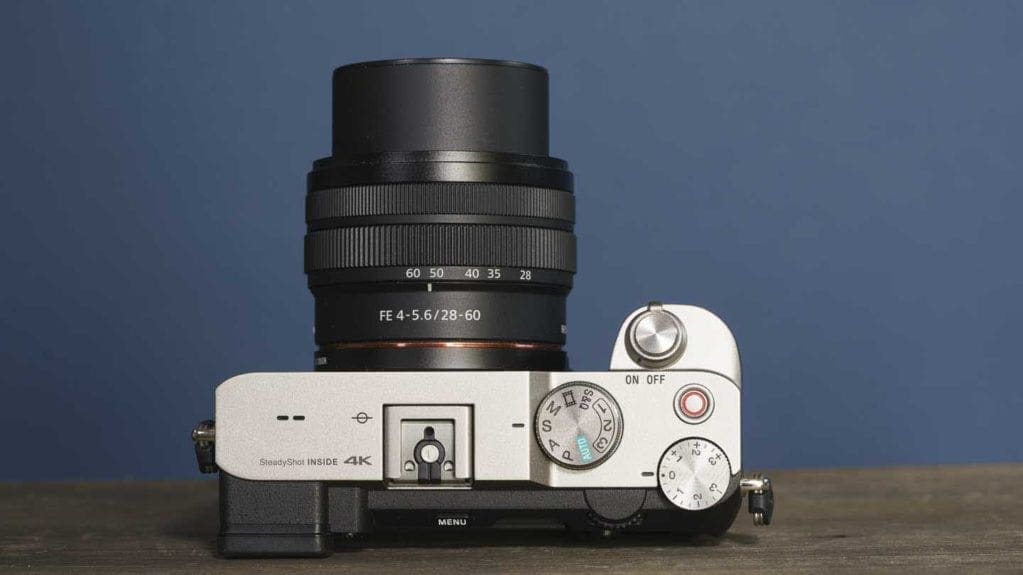
Screen
- Sony A7 III: 3-inch 921,600-dot tilting touchscreen
- Sony A7C: Vari-angle 3-inch 921,600-dot vari-angle touchscreen
Sony gave the A7 III a touchscreen, something people had been wanting for years. But like the screens on the A7R III and A9, it has limited responsiveness. You can use it to set your AF point or to zoom into images, but you can’t tap on the options in the main or function menus to make settings changes. It’s also a tilting screen, rather than fully articulated.
The Sony A7C inherits the same touchscreen LCD but makes it a vari-angle screen rather than tilting. The limited degree of touch control is still there, but the vari-angle functionality makes vlogging and shooting from awkward angles a whole lot easier.
Stabilisation
- Both cameras: 5-axis in-body image stabilisation giving up to 5EV shutter speed compensation
Both the Sony A7 III and A7C feature built-in 5-axis in-body image stabilisation, which offers up to 5 stops of shutter speed compensation. For more, check out our guide on which cameras have IBIS.
Body & Weight
- Sony A7 III: 650g; 126.9 x 95.6 x 73.7mm
- Sony A7C: 509g; 124.0 x 71.1 x 59.7mm
The Sony A7C looks very much like the company’s range of APS-C format cameras. In fact, it looks like a slightly beefier version of the Sony A6600, with its rangefinder-style shape with the EVF within the body and offset to the top left. But for a full-frame camera, it’s one of the smallest models out there. Its body has a monocoque structure and has been sealed against dust and moisture.
The A7 III takes a different shape. It’s more similar in form to the A7R series cameras and has a more pronounced hand grip and thumb ridge on the back. It’s slightly heavier and bulkier than the A7C, but for a full-frame mirrorless camera it’s still on the smaller side. It also offers the same weather sealing.
The A7C is definitely smaller, but if that small difference in size isn’t important to you, we prefer the body shape and button layout of the Sony A7 III.
Should I sell my Sony A7C?
From our Sony A7C vs A7 III comparison you can clearly see that these are fairly similar cameras. When it launched two years later, the A7C inherited a lot of the features that made the A7 III so great – and even improved upon them. For instance, the vari-angle touchscreen is a nice addition to the A7C even if the touch capability is still somewhat limited.
The main advantages you’ll find with the A7C are that vari-angle screen, the AF algorithm improvements and, of course, its more diminutive size. The A7 III, on the other hand, has a larger viewfinder and a nicer body design.
It’s a pretty even matching, but in our view we would sell the Sony A7C and purchase the A7 III, or even take a look at the A7 IV if your budget allows for it. The differences are small, but the larger EVF, dual SD card slots and more ergonomic body design will make much more of a difference in your everyday photography than the vari-angle screen and AF tracking improvements will.
Sponsored: Thinking of selling your Sony A7 II or DSLR to upgrade? Selling your gear to MPB is the most secure way to do it. With free doorstep pickup, super-fast payment plus over 300,00 customers and five stars on Trustpilot. Buy. Sell. Trade. Create.

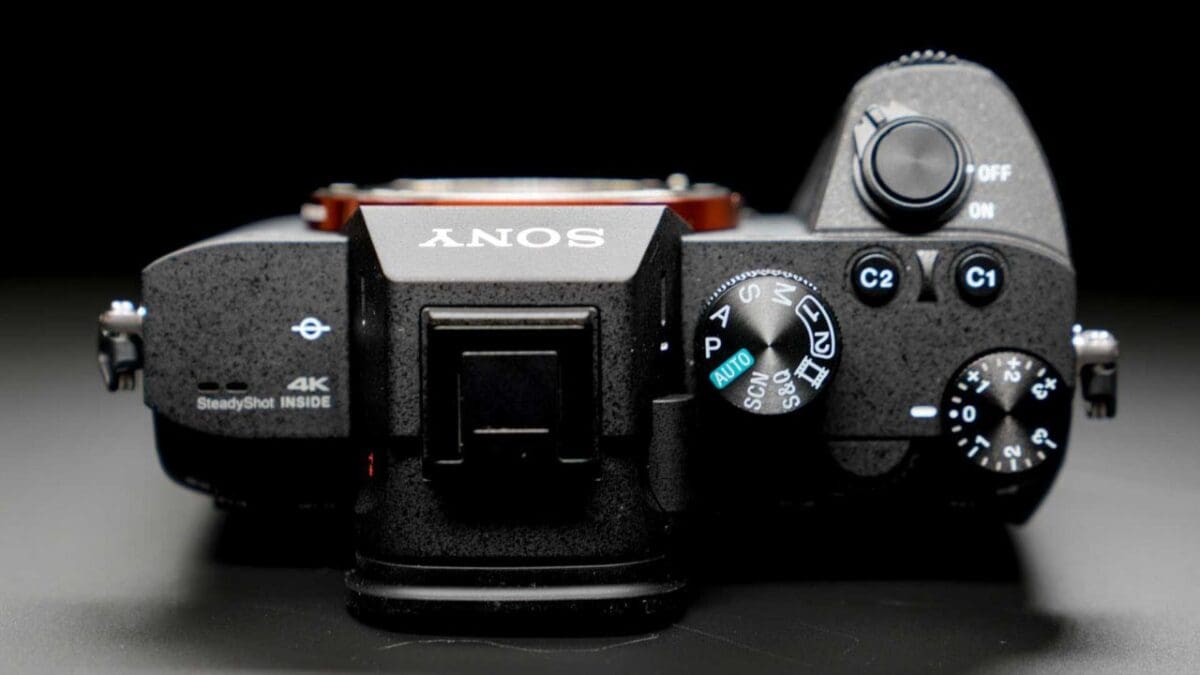
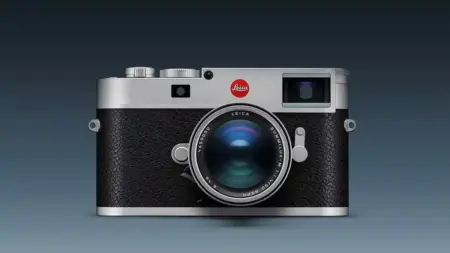
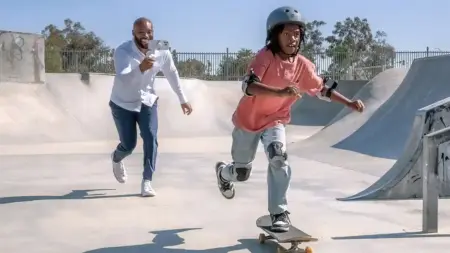
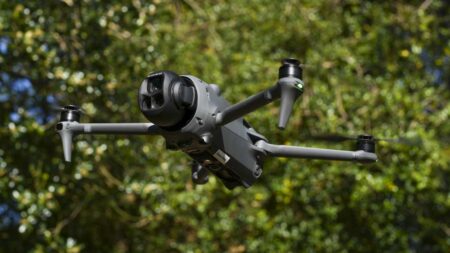
Leave a Reply